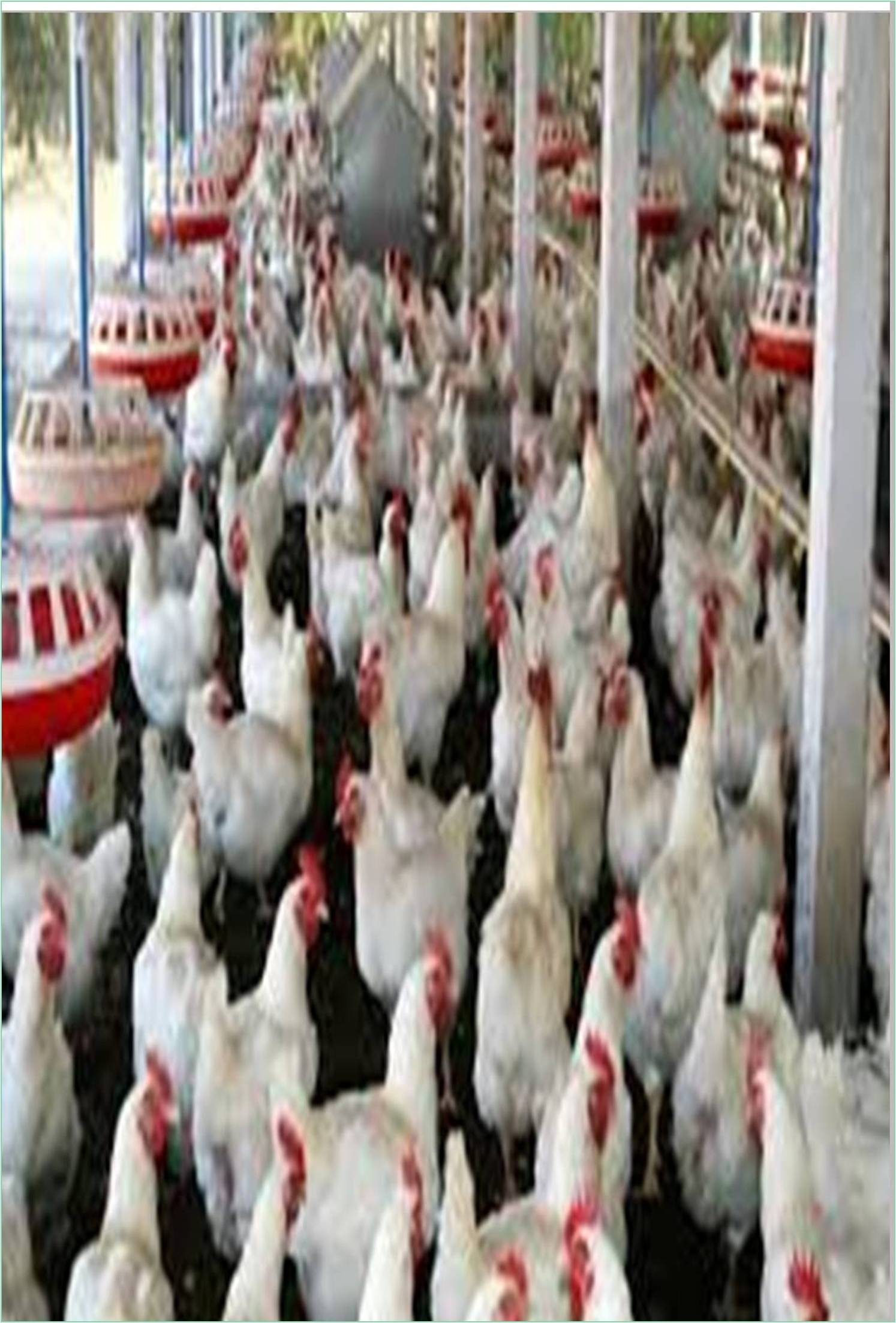



Received: 01-Dec-2022, Manuscript No. GJPFV-22-82984; Editor assigned: 05-Dec-2022, Pre QC No. GJPFV-22-82984 (PQ); Reviewed: 26-Dec-2022, QC No. GJPFV-22-82984; Revised: 02-Jan-2023, Manuscript No. GJPFV-22-82984 (R); Published: 09-Jan-2023, DOI: 10.15651/2449-1772.23.10.066
The provision of animal protein and family income in developing nations are significantly influenced by the production of poultry, which also has substantial economic, social, and cultural benefits. By 2020, it is anticipated that poultry will make up nearly 40% of all animal protein produced globally, with the developing world accounting for the majority of this growth. 85% of rural residents in sub-Saharan Africa raise chickens as a cheap supply of animal protein and as a source of household income. In urban and peri-urban regions, poultry is another source of work for women, older people, and youth, and Ethiopia is no exception to this rule. The population of poultry in Ethiopia is currently estimated to be 60 million, with 90.85, 4.76, and 4.39% of those being indigenous, hybrid, and foreign birds, respectively. In Ethiopia, the poultry sub-sector can be divided into three main production systems based on a few key factors, including breed, flock size, management techniques, technical advancements, and degree of biosecurity employed. The three production methods include large-scale commercial poultry production, small-scale modern poultry production, and backyard poultry production. Each of these production systems can coexist and improve the socioeconomic standing of various target societies in a sustainable manner. The backyard (traditional) poultry production system is wholly dependent on locally bred hens, has a low input-output ratio, and is frequently plagued by disease outbreaks that decimate the flocks. Due to their poor egg production performance, sluggish development rate, delayed sexual maturity, marked broodiness, and high chick mortality, native chickens are underproductive. The low output of the native hens is also attributed to poor management techniques and veterinary care. It has been seen that basic husbandry techniques and health care improve the performance of native chicken, but not to a level that is commercially viable.
Chickens in the area are thought to be disease-resistant and adapted to their scavenging surroundings. Local chickens raised in severe systems of management (in confinement) have lower health statuses than exotic stock, and they exhibit traits such as cannibalism, huddling in corners, limb weakness, and a lack of interest in their surroundings. Additionally, they have a slow rate of feathering and frequently experience illness outbreaks. When compared to Leghorns (7.3%) kept under comparable conditions, the proportion of mortality from hatching to maturity for local chickens raised under an intense management regime (24%) was much greater. When grown under intense supervision in Awassa and Debre Zeit, native birds experienced higher mortalities and morbidities than White Leghorns. About 99% of Ethiopia's poultry population is made up of native breeds, with the remaining 1% imported as exotic species in the 1970s and 1980s. The CSA estimates that the number of unusual breeds of chickens has increased and that they currently account for around 4.39% of the total national poultry population. However, compared to other African nations, Ethiopia's economy does not rely as heavily on exotic poultry, and all available data shows that all imported varieties of chickens did well under the intense management regime. In addition, Ethiopia's population will rise from its current level of over 80 million people to over 149.3 million people by the year 2040 at an annual rate of 2.4%. Thus, a significant increase in the demand for animal products is anticipated. Therefore, raising the contribution of exotic chicken to Ethiopia's economy and expanding the production of commercial poultry has been suggested as one of the viable options to meet the continuously rising demand for meat and eggs.